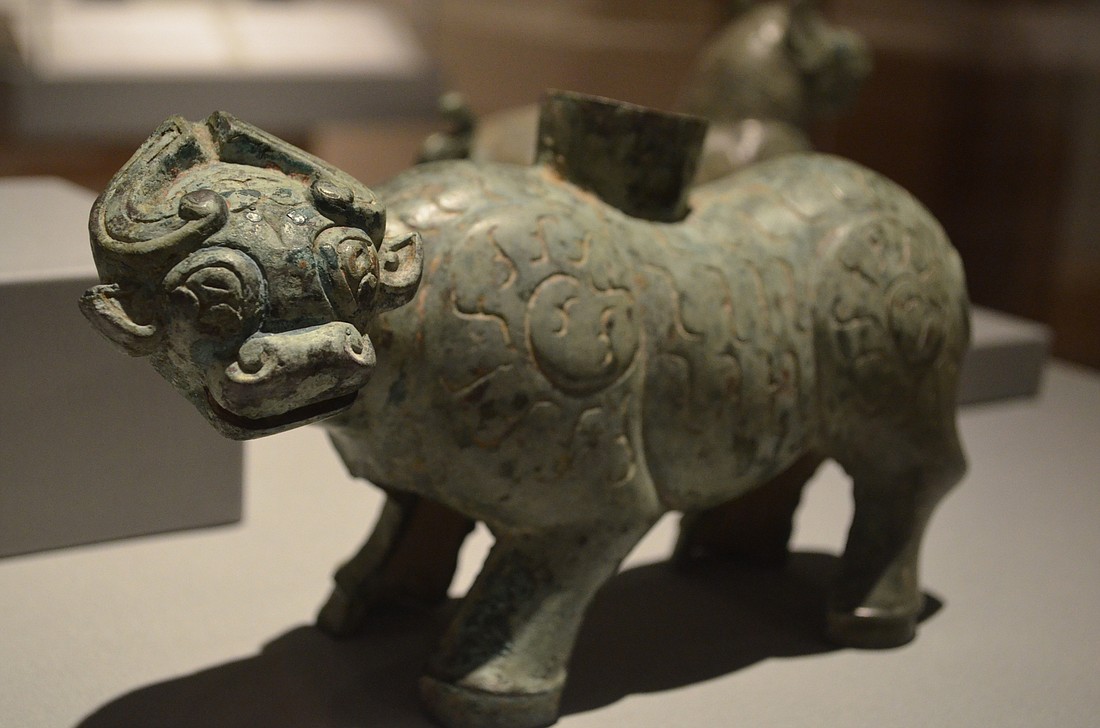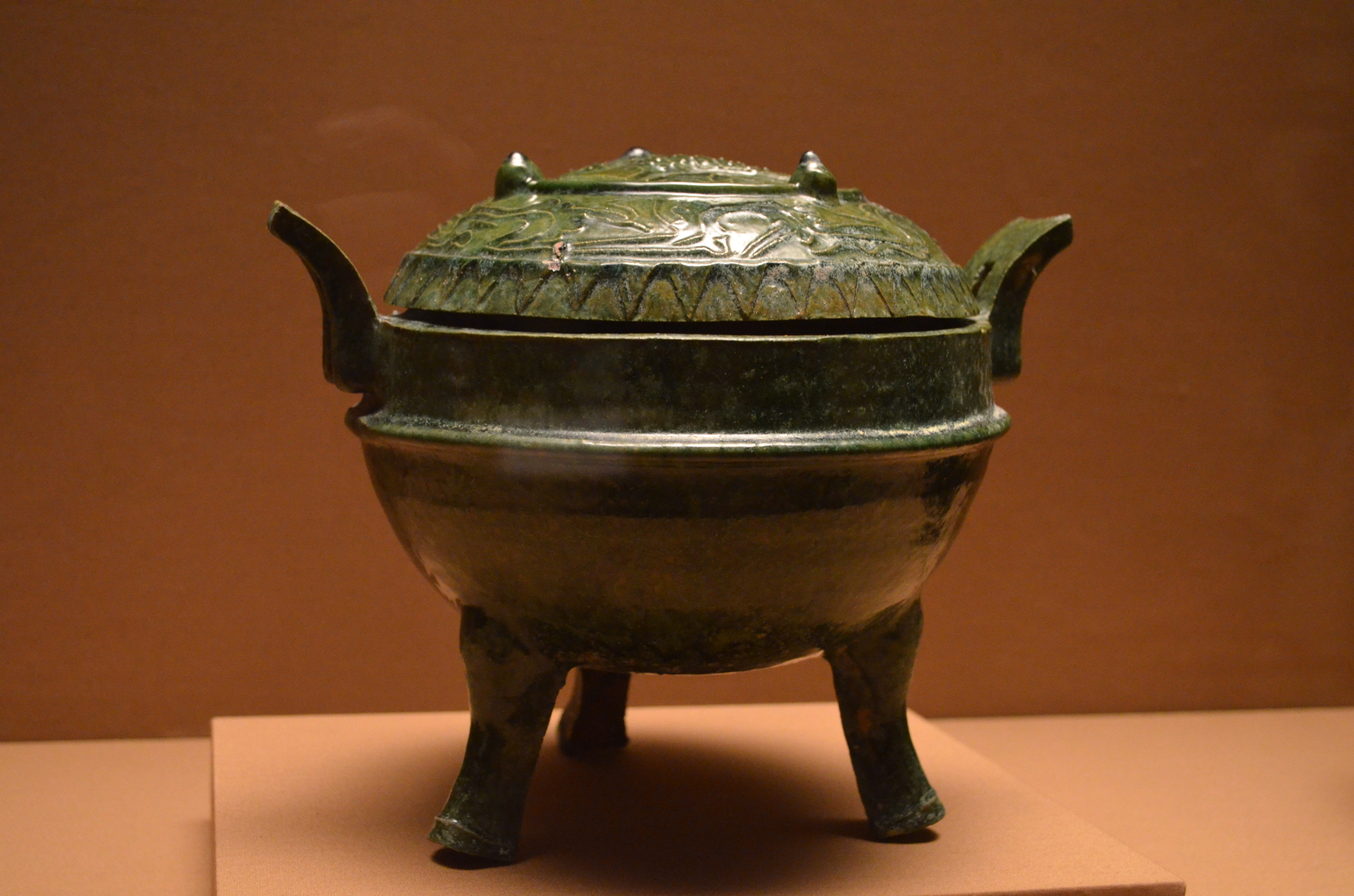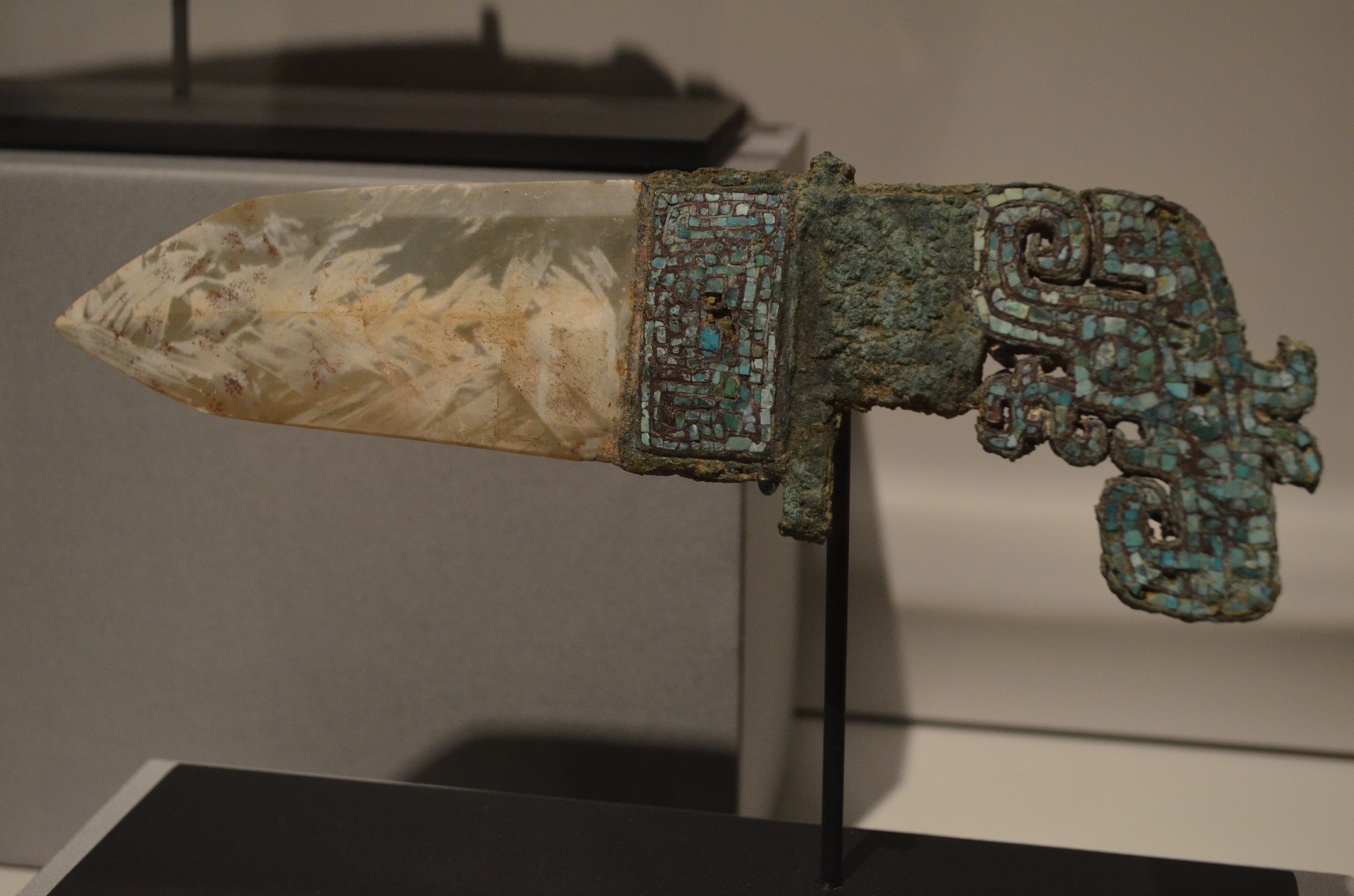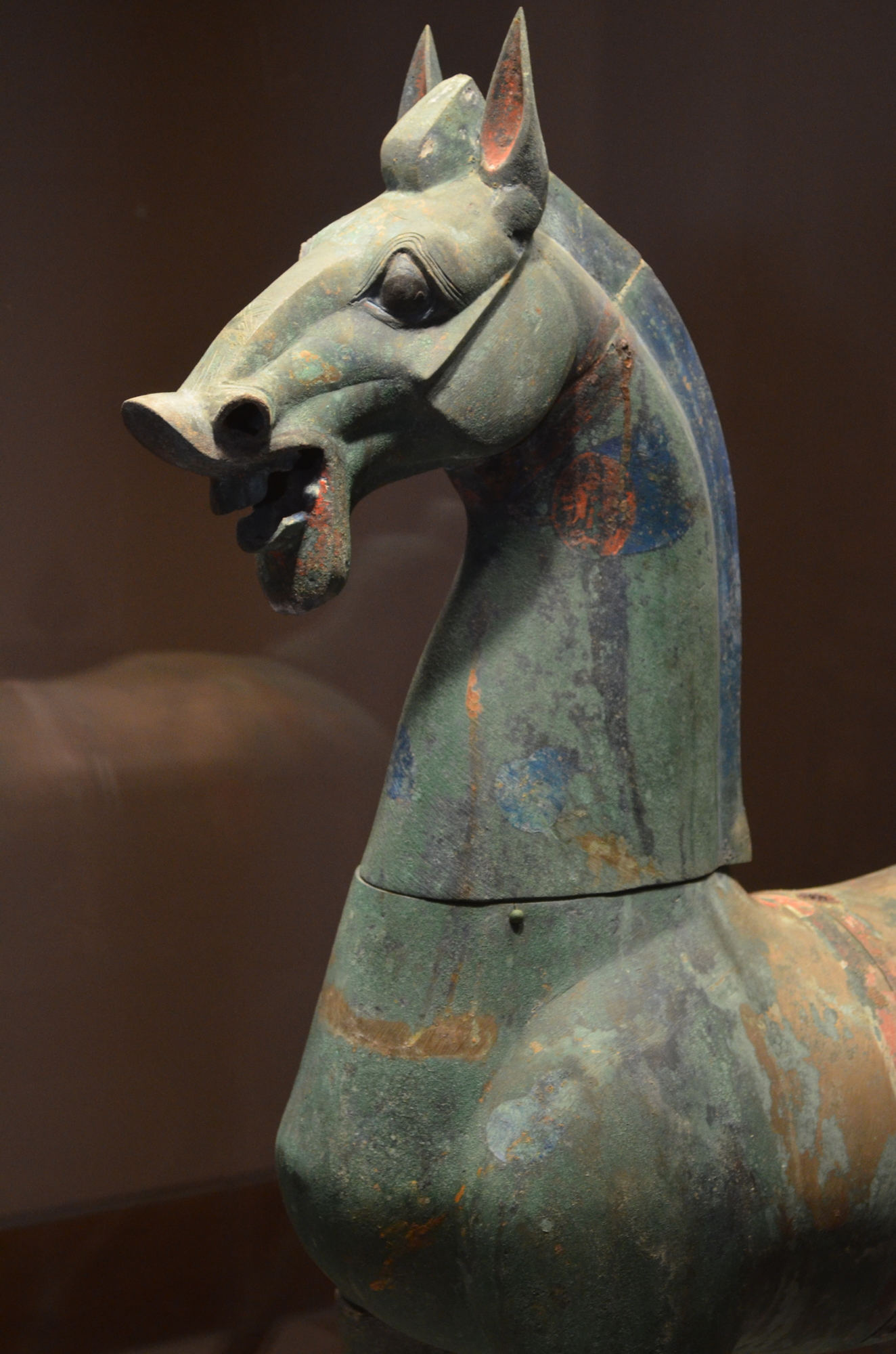- November 23, 2024
-
-
Loading

Loading

Today, we often take our wares for granted. Heirlooms aside, our pottery, dishes and other household items don’t hold much significance in our lives. They’re necessities that serve a purpose and don’t warrant much additional emotional investment.
“Eternal Offerings: Chinese Ritual Bronzes,” a new exhibition currently on display at The Ringling Museum, offers a glimpse at a time when these objects played a much bigger — and multifaceted — role in people’s lives.

The exhibition features about 100 works of Chinese bronze objects on loan from the Minneapolis Institute of Art — considered one of the country’s most important collections of its kind.
The exhibition, which runs through Sept. 10 at The Ringling, marks the first time the collection has traveled and been displayed outside its home in Minneapolis.
The various objects on view span in origin from the 13th century BCE to the 19th century CE, showing the evolution of the craft throughout the artistic period known as The Bronze Age and beyond.

Their age alone is impressive. But what is perhaps most noteworthy is their cultural significance. China wasn’t the first, or the only country to enter the Bronze Age, but its artisans’ early approach to crafting bronze — as well as its evolution and connection to politics and spirituality — has left a fascinating legacy.
When The Ringling Museum was in the midst of opening its new Center for Asian Art last February, Ringling curators forged relationships with the Minneapolis Institute of Art, expressing interest in the impressive collection of Chinese art.
“This is part of our continuing mission,” says Christopher Jones, curator of photography and media for The Ringling. “It’s been a little over a year since we opened our Center for Asian Art, and we thought this would be a great way to continue our focus on Asian art.”
The exhibition follows a somewhat chronological and ideological flow, beginning with the earliest works: mainly vessels designed to store and serve food, wine and other liquids.
These earliest, most pure bronze forms, called Ding, are cauldron-like vessels on three or four legs. These early pieces were crafted with what’s known as the piece-mold method — one that was unique to the Chinese. The method involved making a clay model of the desired object, then making a clay mold of the object, which is cut away in pieces to reveal a mold that can be used for future casting.
This method allowed for intricate patterns to be carved on the inside of the mold, resulting in easily replicated decorative elements, most notably taotie: face-like masks, often zoomorphic in form, which families would use in meals and ritual banquets to give offerings to their ancestors.
“What’s interesting about these taotie is that we still don’t know exactly what they represent,” says Jones. “We can appreciate them for their formal qualities, but their exact significance is still not entirely known. But their imagery suggests a ritual connection to the spirit world.”

Throughout the exhibition, another motif becomes clear: In these bronze items, the lines between ritual and spirituality become blurred with those of class structure and political power.
“The origins of the Ding date back to a quasi-myth involving an early Chinese emperor who commissioned nine such vessels to represent a unification of the country’s nine regions,” says Jones. “So these pieces would eventually become synonymous with political power.”
As the Bronze Age progressed, this became more apparent. Nobility controlled Ding, with only the most elite having access to such vessels.

“You find that in many tombs and gravesites of the elite, they were interred with sets of ritual bronzes,” says Jones. “A lot of resources were used in commissioning one, so they weren’t accessible to everyone. You would even see instances where families of the deceased who couldn’t afford them would polish earthen ware and ceramics to looks like bronze for burials.”
The most recent works in the exhibition reveal a shift in ideology toward Daoism and a fascination with the afterlife.
Bronze works became less focused on honoring the dead and were more literally intended to be used by a person in the afterlife. One of the best examples comes toward the end of the exhibition in the form of a large bronze horse. Used by mounted warriors, the horse became an animal of adoration in Central China, and these celestial offerings were meant to be ridden through the heavens by the deceased.
“This exhibition is a wonderful opportunity,” says Jones. “We don’t get to see so many examples of this type of material all together. People who are more steeped in the minutiae of these things can compare objects across centuries. Being connected to objects that served such an important role in Chinese history — in some cases going back to 1500 BC — it’s going to be exciting for a lot of people.”